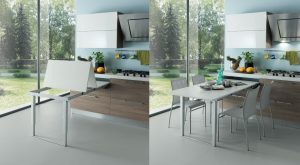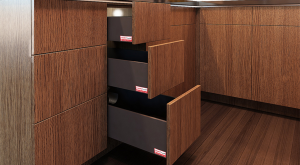Featured Post
Transform Your Space: Expert Tips for Organizing Cabinet Furniture
Overview
Cabinets are the unsung heroes of our homes, keeping everything from dishes to towels out of sight. But when they get cluttered, finding what you need becomes a chore. This article shares expert tips for organizing cabinet furniture to make your space work better and look great.
Why Organizing Cabinets Matters
Disorganized cabinets waste time and space. Imagine opening your kitchen cabinet and not finding the pan you need—or worse, having items tumble out. Organizing your cabinet furniture saves you stress and makes your home feel more put-together. Plus, it’s easier than you might think.
Personal Insight: I used to dread opening my bathroom cabinet because everything was jumbled. Once I organized it, I actually enjoyed getting ready in the morning.
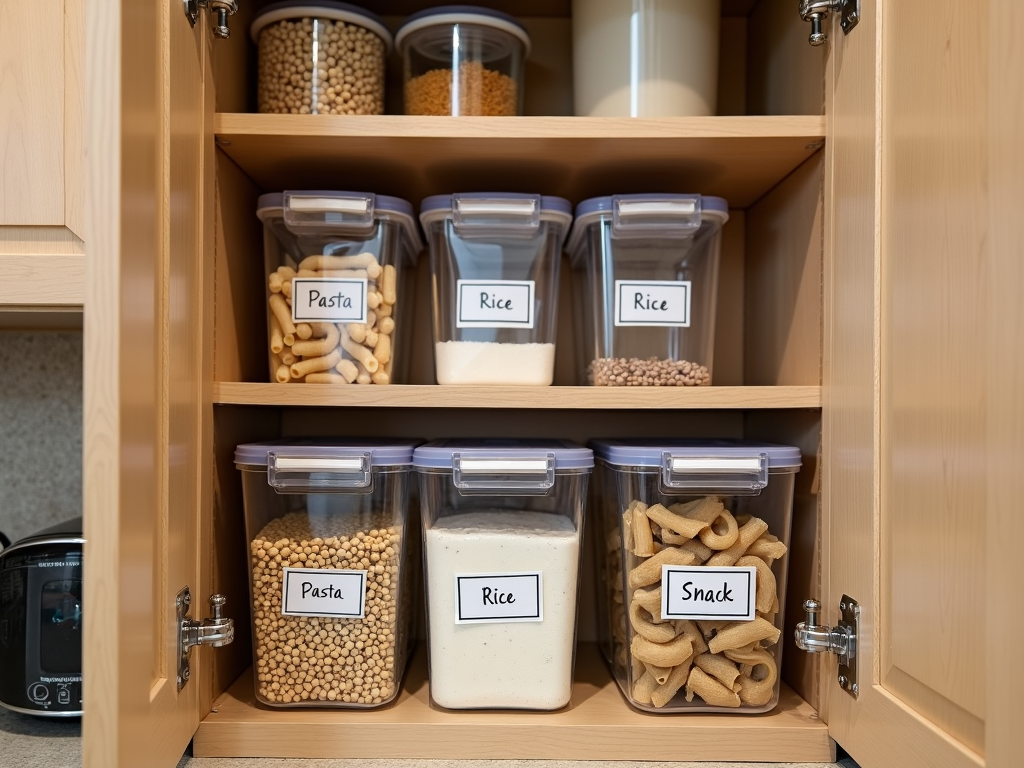
Step 1: Assess Your Needs
Start by figuring out what each cabinet is for. In the kitchen, one might hold cookware, another pantry items. In the living room, maybe it’s for books or games. Ask yourself: What do I use daily? What can stay out of reach? This step sets the foundation for success.
Tip: Take everything out and look at it. I found three spatulas in one cabinet—turns out, I only needed one.
Step 2: Declutter and Sort
Empty your cabinets completely. Sort items into three piles: keep, donate, or toss. Be ruthless—if you haven’t used it in a year, let it go. Then, group what’s left by type. For example, keep all spices together or stack plates by size.
Personal Insight: When I decluttered my kitchen cabinets, I donated duplicate mugs. It felt good to free up space and help someone else.
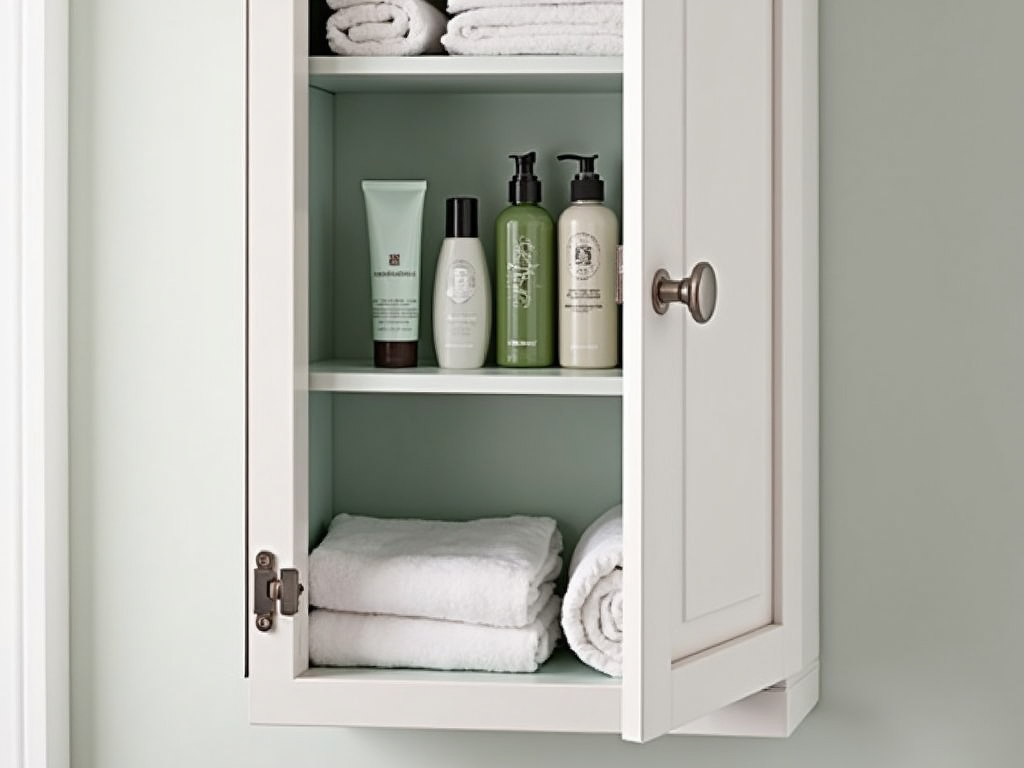
Step 3: Maximize Your Space
Cabinets often have awkward spots—like deep corners or high shelves. Use tools to fix this. Shelf risers double your stacking room. Lazy Susans spin items into reach. Pull-out drawers bring the back of the cabinet to you. These small changes make a big difference.
Here’s a quick table of space-saving tools:
| Tool | Best For | Where to Find |
|---|---|---|
| Shelf Risers | Stacking plates, cans | Home stores like Target |
| Lazy Susan | Spices, small items | Amazon or IKEA |
| Pull-Out Drawers | Deep cabinets | Hardware stores |
Tip: Measure your cabinets before buying organizers. I learned this the hard way when a riser didn’t fit!
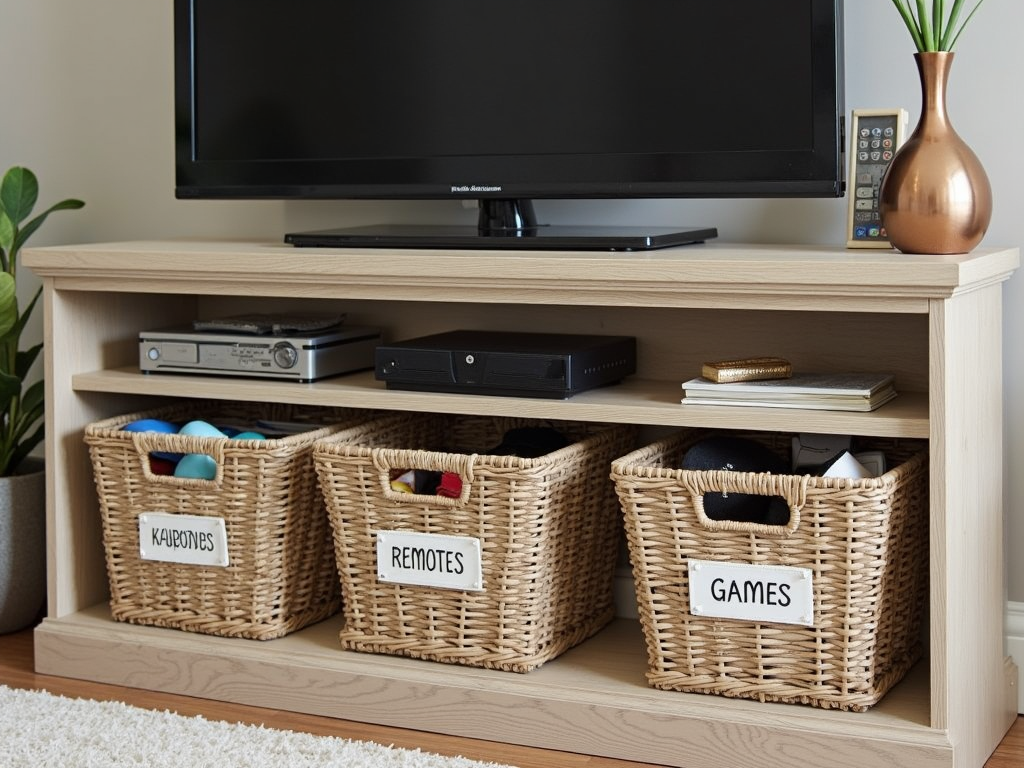
Step 4: Organize by Category
Now, put things back—but with a plan. Group similar items together. In the kitchen, keep pots near the stove, snacks in one spot. In the bathroom, separate skincare from first-aid supplies. Containers or bins help keep categories clear and contained.
Personal Insight: I started using clear bins for pantry goods. Seeing everything at a glance saves me from buying duplicates.
Step 5: Add Labels
Labels are a game-changer. They tell you—and anyone else—where things belong. Use a label maker or just a marker and tape. Label bins, shelves, or even jars. It’s simple, but it keeps your system working.

Step 6: Maintain Your System
Organizing isn’t a one-and-done deal. Check your cabinets monthly to tidy up. Stick to a rule: one item in, one out. Get everyone in the house on board—labels help with that. A little effort keeps chaos away.
Tip: Set a reminder on your phone for a quick 15-minute cleanup. It’s enough to keep things in check.
Bonus Tips for Specific Cabinets
- Kitchen: Use stackable bins for snacks. Hang measuring cups inside doors.
- Bathroom: Roll towels to fit more. Use small trays for tiny items.
- Living Room: Hide cords in boxes. Store remotes in a basket.
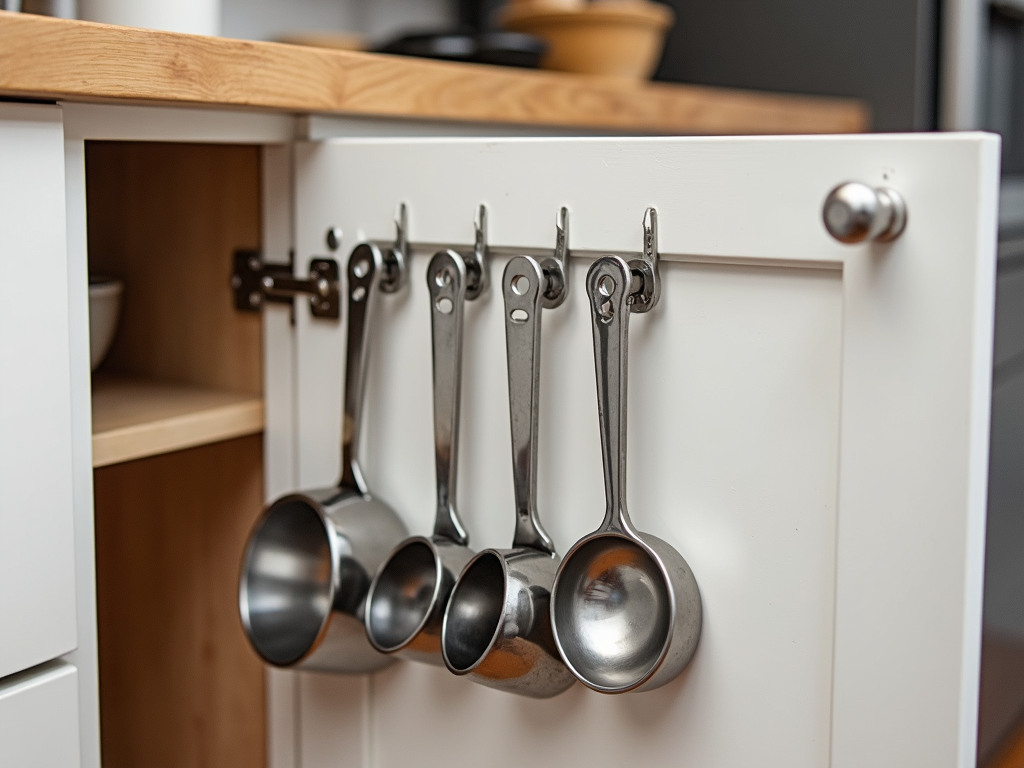
Common Mistakes to Avoid
Don’t overstuff—leave room to breathe. Skip buying organizers before decluttering; you might not need them. And don’t skip labeling—without it, your system falls apart fast. Learn from my early messes: plan first, then act.
Why It’s Worth It
Organized cabinet furniture changes how you live. You’ll find things faster, stress less, and enjoy your space more. Studies from the National Association of Professional Organizers show clutter affects focus—fixing your cabinets helps your mind, too.
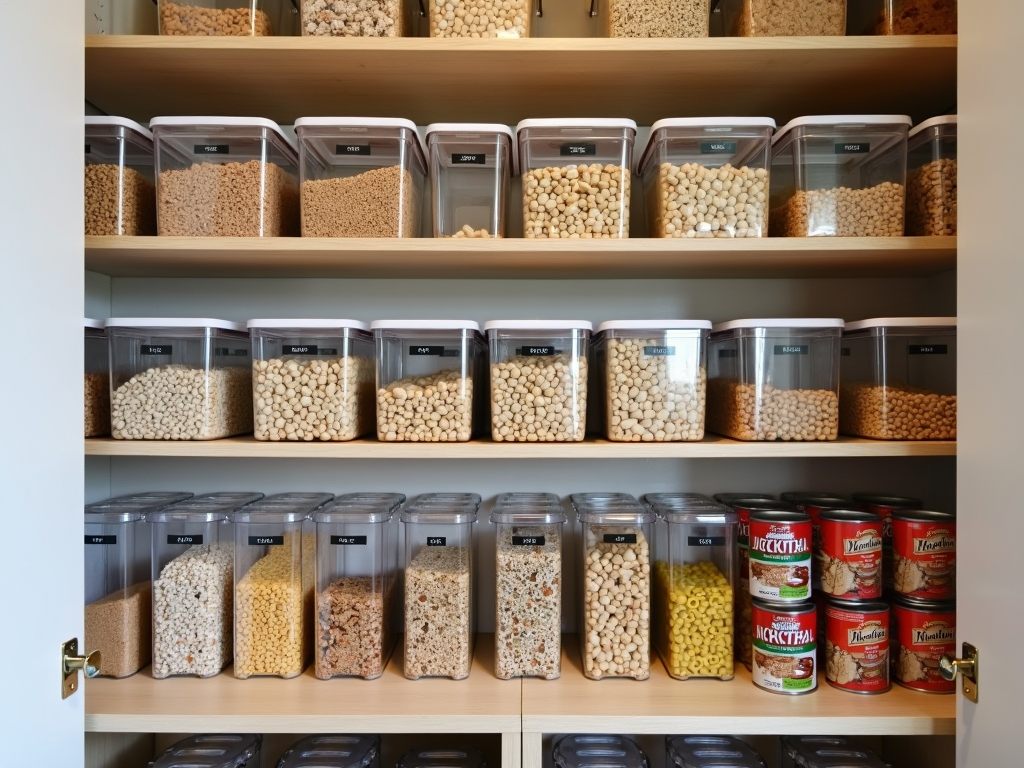
Tools You’ll Need
Here’s a simple list: - Clear containers or bins - Labels and a marker - Shelf risers or lazy Susans - Measuring tape (to avoid my mistake!) - Baskets for style and function
Personal Insight: I picked up cheap bins at a dollar store and they’ve lasted years. You don’t need fancy stuff to get started.
Summary
Organizing your cabinet furniture doesn’t have to be hard. Assess what you need, declutter, use smart tools, group items, label everything, and keep it up. These tips for organizing cabinet furniture turn chaos into calm. Try them out—you’ll love the difference.






